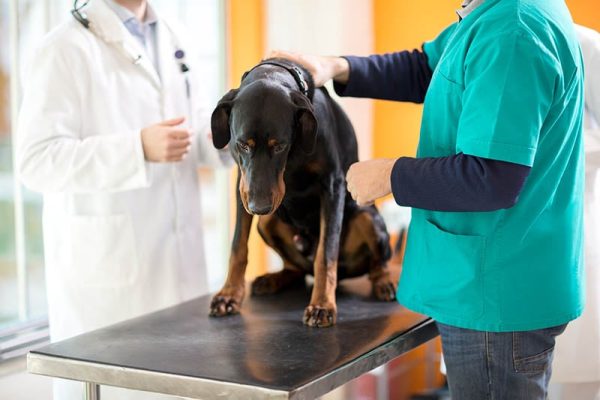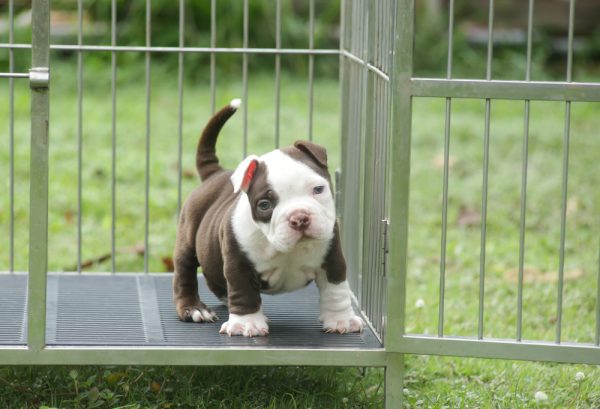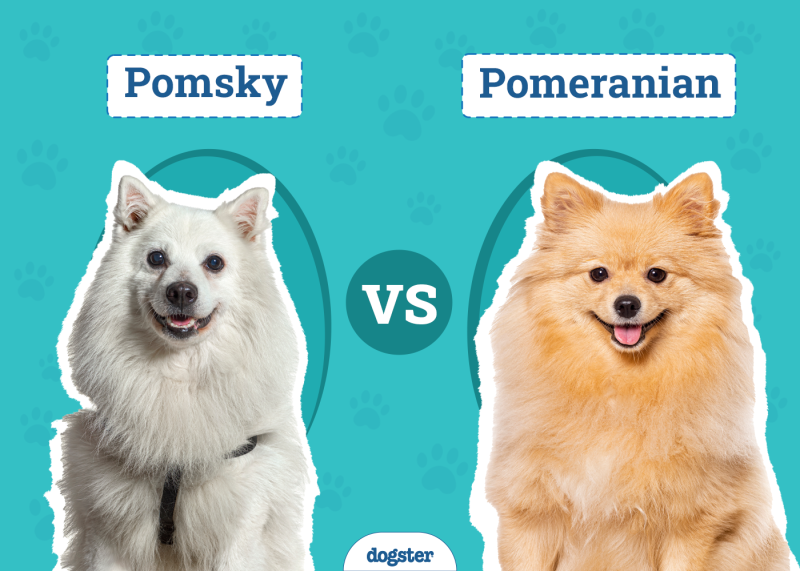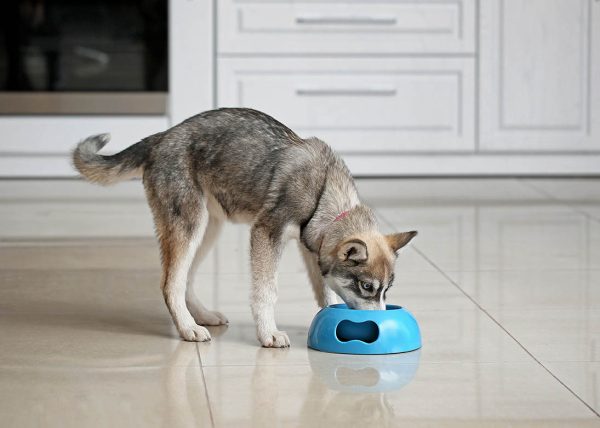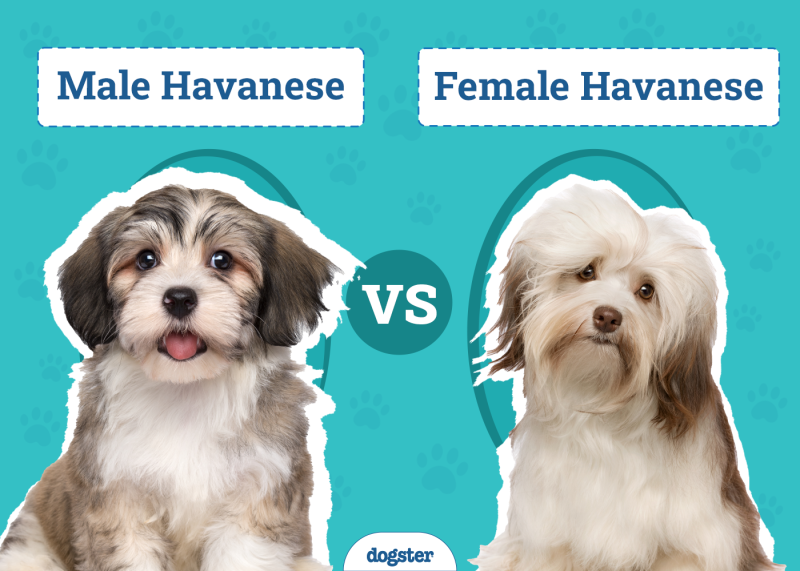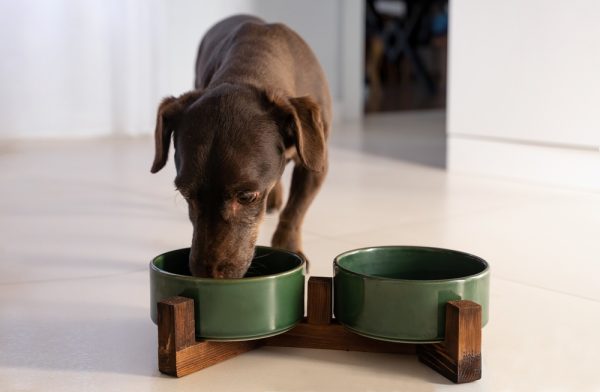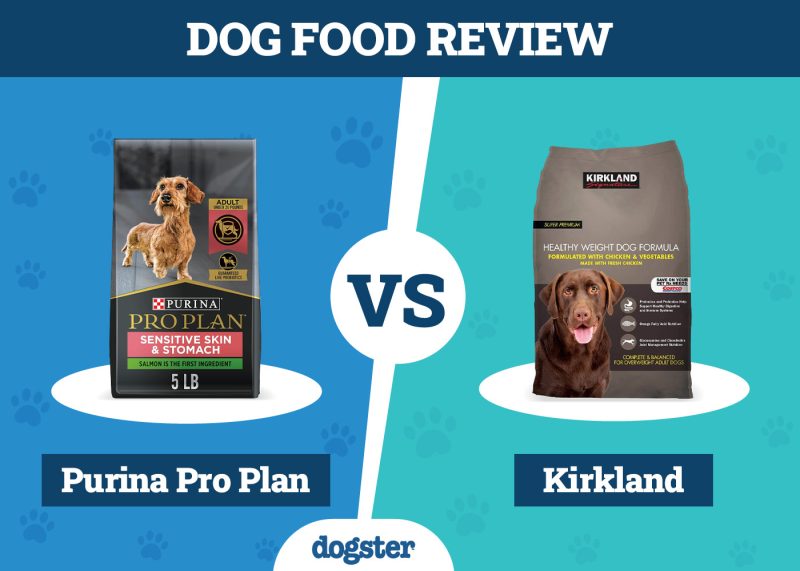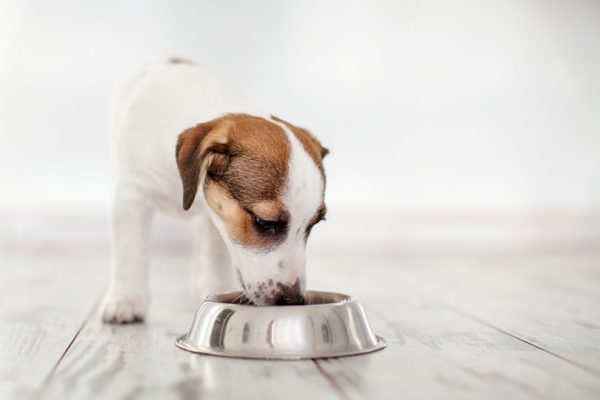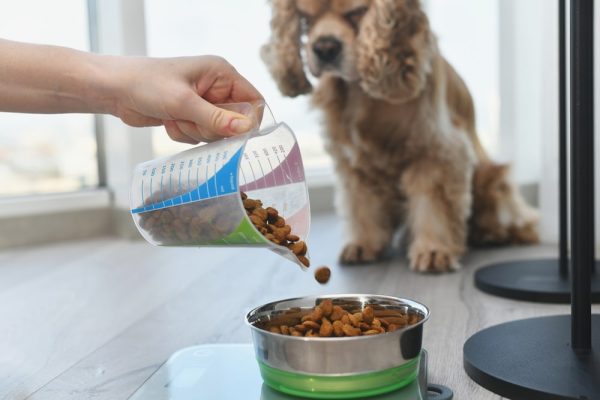In this article
View 8 More +The Affenpug is a hybrid breed that combines the Affenpinscher and the Pug breeds. It is a small crossbreed that has a unique look, friendly personality, and adventurous nature. Although its size means that the Affenpug doesn’t require too much heavy exercise, it does enjoy getting out and playing.
Because it combines the wiry coat of the Affenpinscher with the short coat of the Pug, the cross has a low-maintenance coat. Although it can be a little stubborn, this hybrid is intelligent so if you can get through that stubborn streak, the Affenpug can be an easy pup to train.
Below, we look at more information about this relatively uncommon breed to determine whether it makes the right fit for your home and life.
Breed Overview
Height:
9-12 inches
Weight:
8–16 pounds
Lifespan:
10–12 years
Colors:
Tan, brown, black, gray
Suitable for:
Families looking for an affectionate, fun, and moderately energetic dog
Temperament:
Loyal, friendly, energetic, fun, bright
The Affenpug is a cross between the Affenpinscher and the Pug.
The Affenpinscher is a German toy breed that was originally bred as a mouser. It has some terrier characteristics, including an occasional stubborn streak. The Pug is a companion dog originating from China that is playful and loyal. The Pug can be quite dependent and sometimes struggles if left alone for long periods.
As with any hybrid breed, the temperament and characteristics of your dog will depend on which parent breed it most closely matches. But the likelihood is that you will get a dog that combines attributes of the two.
Affenpug Dog Breed Characteristics

Affenpug Puppies
The Affenpug parents are similar in size, which means the cross can be a result of intentional breeding or unintentional mating. Because the breed has not gained popularity yet, this does make it quite difficult to find breeders, but it also means that the Affenpug is an affordable breed. When choosing a breeder, ensure you visit the home or site and at least meet the mum, as well as the puppy.
Ideally, you should visit a couple of times before making the decision, and as well as checking the physical condition of the puppies and dogs, you should also consider their mental and emotional state. The dogs should be inquisitive and certainly notice your arrival. The puppy should want to investigate but look to its mum for guidance, and it shouldn’t be all over you the second you first arrive.
Alternatively, you may be able to find Affenpugs in rescues and shelters, especially as they are not expensive pedigrees. It can be difficult to get a full back story for rescue dogs because the shelter is unlikely to know everything about the dog. But, they will have a good understanding of whether the dog gets along with other dogs and possibly even how it interacts with cats and other animals.
Ask to take the dog for a walk and, if you have other pups in your household, walk them together to see how they get along.
When bringing a new puppy home, ensure you have everything ready before they arrive. This includes beds, bowls, toys, and some food. Try to stick to the same food the dog was being fed by the breeder or rescue. It will help minimize stomach upset, and you can gradually change the food you give over time.
Start socializing and training as soon as you get the puppy home. Initially, this means socializing with family members and close friends, but eventually, once your vet has approved it, you should also incorporate puppy classes, dog parks, and other locations into your socializing schedule.
Affenpug Origin
The Affenpug is a hybrid that crosses the German Affenpinscher with the Chinese Pug. The crossbreed doesn’t have much of a history as there aren’t any intentional breeding programs established. This may change if it becomes more popular.
The Affenpinscher was bred for mousing in Germany, but they are rarely used for this purpose today. As such, the modern Affen is more of a companion pet dog than it is a hunting or working dog.
The Pug has only ever been bred as a companion dog, and it has the attitude to match that history.
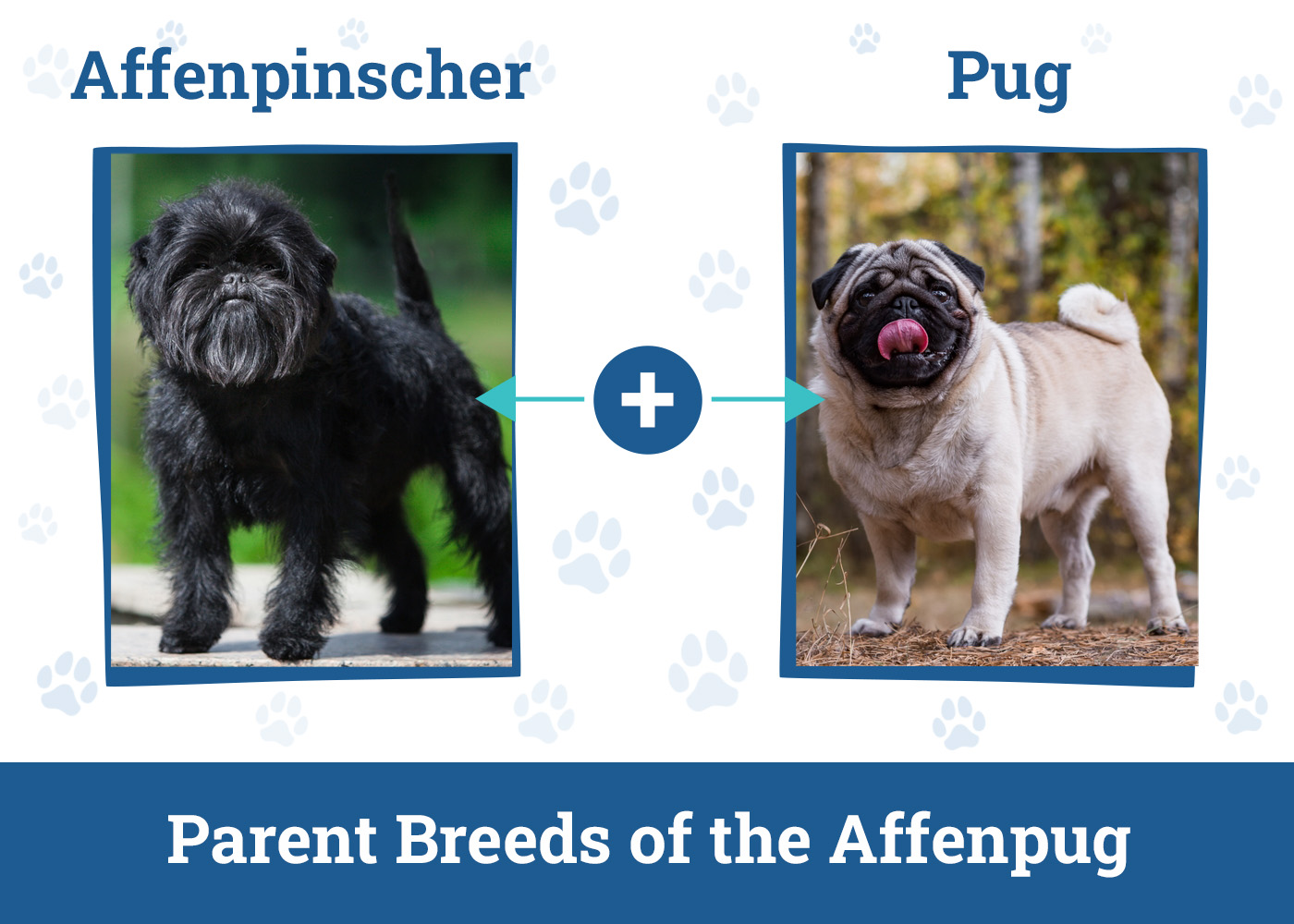

Temperament & Intelligence of the Affenpug
With any hybrid or crossbreed, we have to look at the parent breeds to try and get some idea of the type of dog it will be and its likely temperament. The hybrid might tend more towards one parent breed, or it can take on different attributes of the different parents.
The breed will usually get along with strangers as well as family members, but socialization will help ensure this is the case. Start with puppy classes before expanding your socialization efforts to include more activities in different locations and meeting different people.
Are These Dogs Good for Families? 👪
The Affenpug is a small dog, so families with children will need to watch to prevent hair and ear pulling, or it could result in nips and bites. Otherwise, the breed is generally hardy, enjoys playing, and has been described as having a goofy, comical character.
Therefore, they can make a great choice for a family pet. They are small enough to live in an apartment, won’t be aggressive, and shouldn’t be protective, so will get along with friends and other visitors.
Does This Breed Get Along with Other Pets?
Although the Affenpug can get along with other dogs and may benefit from having a play partner at home, introductions should be slow and gradual to ensure the new dog and existing dog have time to get used to one another.
The breed can also have quite a high prey drive. It is unlikely to bother cats, but may want to try playing with them, but the breed should not be left alone with smaller animals that are out of their enclosure. The Affenpinscher was bred for mousing and hunting rats, and the cross has the capability of chasing small animals.

Things to Know When Owning an Affenpug:
The Affenpug is a friendly dog that tends to do better in families with older children, as young children can be a bit too rough. It may also suffer some resource guarding issues, which can be a problem with young children.
While they do make good pets for the right owners, there are some things to consider before taking an Affenpug into your life.
Food & Diet Requirements 🦴
This small breed will eat approximately one cup of dry food per day. If you offer canned food, make sure you follow the manufacturer’s feeding instructions on the packet to ensure you don’t overfeed.
Overfeeding is a potential problem with any breed, but especially with smaller dogs. It doesn’t take too much extra food to push a small pup over its daily calorie intake, and obesity can increase the likelihood of diseases like diabetes and heart conditions. Treats can be an effective training tool, but you should only feed a maximum of 10% of your dog’s daily calorie intake as treats, and you will need to reduce the amount of kibble or canned food you give according to the treats you feed each day.
The breed doesn’t need a special diet, but you may want to consider age-appropriate foods. Always ensure your dog has access to clean, fresh drinking water, all day every day.
Exercise 🐕
The Affenpug is a small breed, but it is energetic and requires a moderate amount of exercise. You will need to give between 45 and 60 minutes of exercise a day. As well as walks, this can include other forms of exercise.
Agility can be a good way to help train the somewhat stubborn Affenpug, and it will provide mental stimulation as well as physical exercise. Other options include flyball, dock diving, or just jogging alongside you, but don’t overdo it.
Training 🎾
Thanks to the Affenpinscher in the cross, the Affenpug does have a slightly stubborn side to it, and this can make training a challenge. Keep training fun and make training sessions short and positive. Use treats if your pup is food orientated, or a toy if they are more interested in these than food.
Puppy classes are a great start for any young dog. They help teach basic commands and they provide owners with the knowledge of how to train their dogs in different settings and circumstances. They also offer good socialization opportunities, in rooms filled with other dogs and dog owners. This socialization should continue into the outside world. Walk different routes, take your puppy into different situations, and have them meet different groups of people as well as other dogs.
Socialization and training are lifelong commitments, but they will help ensure a better life for both of you.
Grooming ✂️
The Affenpug tends to have a wiry, short coat, which means that it has minimal brushing requirements. However, it is still beneficial to brush at least two or three times a week, and you may need to brush more often during shedding seasons. This helps get rid of loose hairs and it prevents knotting while also reducing the heat of your dog.
Brush their teeth at least three times a week. Dental disease and tooth problems are major issues for a lot of dogs, and even if you provide dental treats, these are not enough to ensure good dental hygiene on their own.
Nails will need trimming, typically every 2 or 3 months, or when you can hear them clicking on hard surfaces. If the dog spends most of its time on soft surfaces like carpets and grass, you may need to trim claws more often.
Check inside the ears for dirt and signs of infection, especially if your dog likes to jump in water or roll around in muddy fields, too.
Health and Conditions 🏥
The Affenpug is considered a hardy little dog that tends to be quite healthy, but there are some health conditions and illnesses that owners need to be aware of and that these types of dogs are more prone to.
Smaller breeds are more prone to obesity because it is so easy to overfeed them. The brachycephalic facial features, in particular, mean that this breed can be prone to breathing problems as well as eye infections, and if you see any signs of these problems, you should consult a vet as soon as possible.
Look for signs of the following conditions and consult a vet straight away if you are worried.
- Allergies
- Bronchitis
- Dental Issues
- Hip Dysplasia
- Obesity
- Brachycephalic Syndrome

Male vs Female
Male dogs will be a little larger than their female counterparts, both in terms of height and weight, although the difference isn’t too significant in smaller breeds like this. And, while individual character as well as factors like training and socialization are more likely to affect the character traits of your dog, some owners report that males tend to be more playful but can be more prone to wanderlust.
Females can be moodier, but they are also more sensible and less likely to act up.

3 Little-Known Facts About the Affenpug Dog Breed
1. Affenpinscher Means “Monkey Dog”
Affenpinscher translates as “monkey dog.” While it isn’t an especially pleasant name, it likely stems from the little dog’s facial features and the fact that it does resemble a small monkey.
2. Pugs Were Bred to Be Lap Dogs
When it comes to lap dog breeds, the Pug is the epitome. It was bred to sit on the laps of Chinese nobility and royalty, where it would have kept its owners company. This is why Pugs can be quite dependent and also why they don’t need much exercise.
3. Affenpugs Can Have a High Prey Drive
Although the Affenpinscher does include Pug in its DNA, it combines this with the Affenpinscher, and the Affen was bred to hunt mice and rats. Therefore, the Affenpug can have a high prey drive which means it will chase smaller animals—or anything it believes is a small animal.

Final Thoughts
The Affenpinscher is a hybrid breed that combines the Affenpinscher and the Pug. The Pug is a common breed, loved for its playful attitude and loyal nature. The Affenpinscher is quite rare and although it was initially bred to hunt mice and rats, it has become more commonly kept as a companion dog. The resulting Affenpug is a friendly, lively, playful little pup that might have a strong prey drive and can have an independent streak, but that will enjoy spending as much time as possible on its human’s lap.
They do have moderate exercise requirements, though, and will benefit from training given ongoing training and socialization, starting from when they are young puppies. Their size means they can do well in an apartment, but it also means that they might not be suitable for families with young children who are prone to grab hair, ears, and tails.



